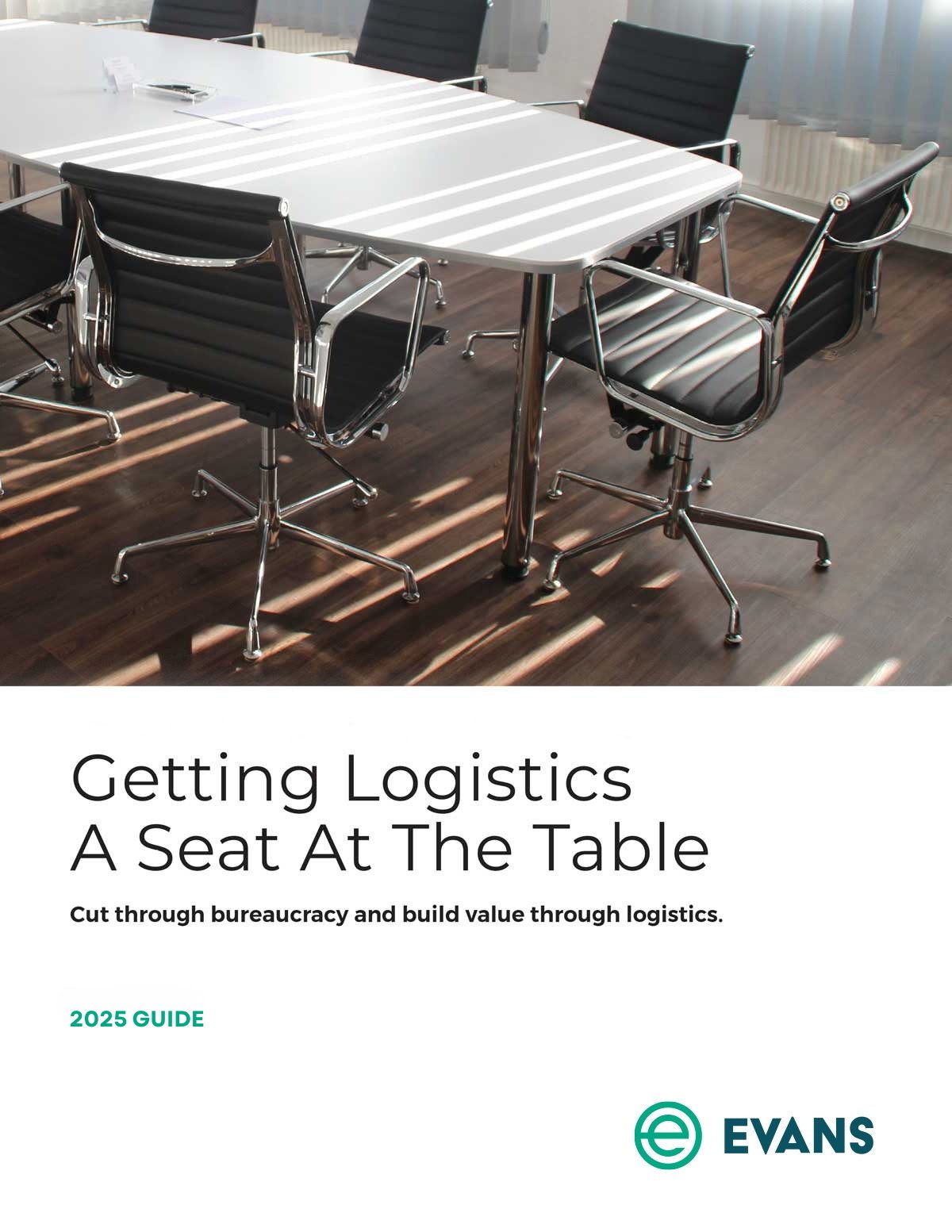What’s the catch?
This may sound like a simple solution to scaling transportation, but shipping LTL requires careful coordination to select the most efficient and trustworthy LTL carrier for your unique freight needs and transportation budget.
Understanding LTL shipping rates as well as leveraging cost-saving LTL technologies is critical to securing your best LTL shipping rates. LTL shipping has developed significantly since the deregulation of the transportation industry through the Motor Carrier Act of 1980, and continues to evolve from rapid advances in technology and logistics.
So how does LTL shipping reduce your rates?
Good question. By paying for only the space your freight is taking up, your LTL shipping rates will be lower than FTL rates. It also helps you find capacity, if you are able to break up your shipments into smaller pallets that can fit onto available spaces in LTL trailers.
Read on for more details on the benefits of LTL shipping and how to unlock them.
Benefits of LTL shipping
There are many reasons shipping freight LTL can be beneficial to shippers. Here are three of the most important:
1. Cost savings
Through consolidation, LTL shipping can reduce costs for shippers looking to transport freight that is too large to be sent via parcel but does not require a full trailer. When your freight is shipped LTL, it's transported on the same trailer as other shippers' freight, meaning that you’ll only pay for the space you use. Pool distribution and pool consolidation also offer additional cost-saving opportunities and flexibility.
2. Many flexible options
LTL shipping is customizable based on your specific needs. LTL offers additional services not usually available through FTL carriers. While FTL carriers deliver dock-to-dock, LTL can facilitate special services, such as lift gate pickup or delivery, residential pickup or delivery, and inside pickup or delivery. Like FTL, LTL freight can be shipped standard, expedited, or guaranteed.
3. Increased customer satisfaction
LTL improves customer satisfaction through cost savings and end-to-end visibility. When you save on shipping, those savings can be passed along to your customers.
LTL shipments are trackable from origin to destination, meaning that you can get updates on where your freight is at all times and keep your customers in the know, too. Because LTL shipping is a smart way to reduce your transportation spending and keep tabs on your shipments, you can share those cost-savings and that end-to-end information with your customers, giving your business an edge over your competition.
LTL also allows you to better plan for your supply chain and supports just-in-time deliveries. This reduces money and time wasted, which equals faster and cheaper products for the customer. We aren’t all Amazon’s size, but LTL shipping can help you gain Amazon-like efficiencies and results.
LTL shipping rates overview
So how do you get the best possible rates for your LTL freight? LTL shipping rates are complex, but the basic factors are: the class and weight of your freight; the distance you need it shipped; and any additional services you might need.
Let’s break down the major factors that go into LTL shipping rates.
Freight class (NMFC)
National Motor Freight Classification (NMFC), more commonly known as freight class, is determined by the weight, dimensions, density, storage capability, ease of handling, value, and liability of your freight. Dense freight that is easy to handle and difficult to damage will qualify for lower classes and therefore lower rates. That being said, exploring efficient packing techniques is an example of how your organization can minimize costs in LTL shipping.
Misclassifying your freight will result in costly fees, delayed shipments, and damaged carrier relations. Look forward to an upcoming post with all the information you need to classify your freight correctly and keep your supply chain logistics on track.
Distance
Distance is determined by your shipment’s origin ZIP code and its destination ZIP code. Typically, the longer the distance, the higher your LTL shipping rates will be.
Be aware that many LTL carriers do not provide service outside of a specific region. If your shipment must travel outside of this region, your LTL carrier will have to transfer it to another LTL carrier, impacting rates and transit time. This process is called interlining.
Other charges
While flexible pickup and delivery options are benefits of LTL shipping, those additions are not without cost. It’s important to factor in any special needs for your shipment up front so you aren’t surprised by an invoice later.
LTL technologies
Thanks to new technologies, navigating the complex world of LTL shipping is easier than ever, clearing the way for it to become a value proposition for your organization.
Transportation management systems (TMS) have evolved into intuitive software solutions that drive efficiencies by organizing all of your LTL data in one place, allowing you to make the most well-informed and proactive decisions for your business. Supercharge your LTL strategy by establishing an API integration into your TMS with each of your LTL carriers. By doing so, you will ensure optimal rates and maximum speed, accuracy, and information while improving your customer and carrier relationships, giving your business a major edge over its competition.
Bottom line
LTL isn’t for every shipper — your freight needs to be the right size, and you must not mind a transit time that is occasionally longer than you'd experience when shipping FTL. If you meet these qualifications, there are few better ways to reduce your transportation spend and find capacity than by shipping LTL.


